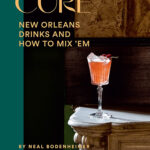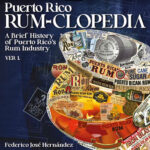Rum
Hardcover – November 1, 2003
by Dave Broom (Author), Jason Lowe (Photographer)
The world has fallen in love all over again with rum. Now among the world’s top four spirits, rum sales continue to increase steadily. Its popularity notwithstanding, this is the first full-color reference book to detail the history, various production processes, and manifestations of rum.Prolific spirits expert Dave Broom explores the complex and colorful history of rum from its beginnings among slaves in the Caribbean. He probes the intricacies of pure rum by the island or country in which each variety was first made, illuminating the role of microclimate and slightly distinct production techniques in determining style and flavor.After a section examining the multitude of blended and spiced rums on the market, Broom offers the reader detailed instructions on achieving the greatest possible appreciation of the rum-drinking experience. The book also includes a complete A-Z directory of rum distilleries and societies worldwide. Illustrated with specially commissioned art shot on site in the Caribbean, Rum is the ultimate resource for the professional or armchair connoisseur of any strain of this fascinating product.
Product details
Publisher : Abbeville Press; 1st edition (November 1, 2003)
Language : English
Hardcover : 176 pages
ISBN-10 : 0789208024
ISBN-13 : 978-0789208026
Item Weight : 2.92 pounds
Dimensions : 10 x 1 x 11.5 inches
LINK TO BOOK
About The Author
Creative Director for EmpresasFH and Director of HOFFMANNdesign. Born and raised in Caracas, Venezuela, Mr. Hoffmann has been one of the most important designers for prestigious companies in South America, including Disney, Cartoon Network, Mattel among others.





